A modern interpretation of ancient lines, Neoclassical architecture is the 18th-century reboot of classical architecture. It tried to bring the grandeur and scale of ancient architecture into modern buildings, and it’s safe to say that it was pretty successful. Some of the world’s most recognizable buildings in Europe and North America were constructed in the Neoclassical style, and entire cities were rebuilt in this style with spectacular results. If you’ve ever had the chance to visit a major European city, you’ve undoubtedly seen Neoclassical architecture in one of its many forms.
Neoclassical style is also quite striking when it comes to interior design, and homes with a neoclassical interior design tend to be quite spacious and elegant. And indeed, that’s no surprise once you consider the grand imperial roots of this design style. A house with a Neoclassical modern interior is a house with unparalleled grace and simplicity of form. It’s proof that minimalism isn’t the only design style that values simplicity and decluttering.
Origins of Neoclassical Architecture and Design
Architects, like all people, are quick to tire of the same things over and over again. We’re always aching for something fresh and new, and this is the exact situation that faced European architects in the 18th century.
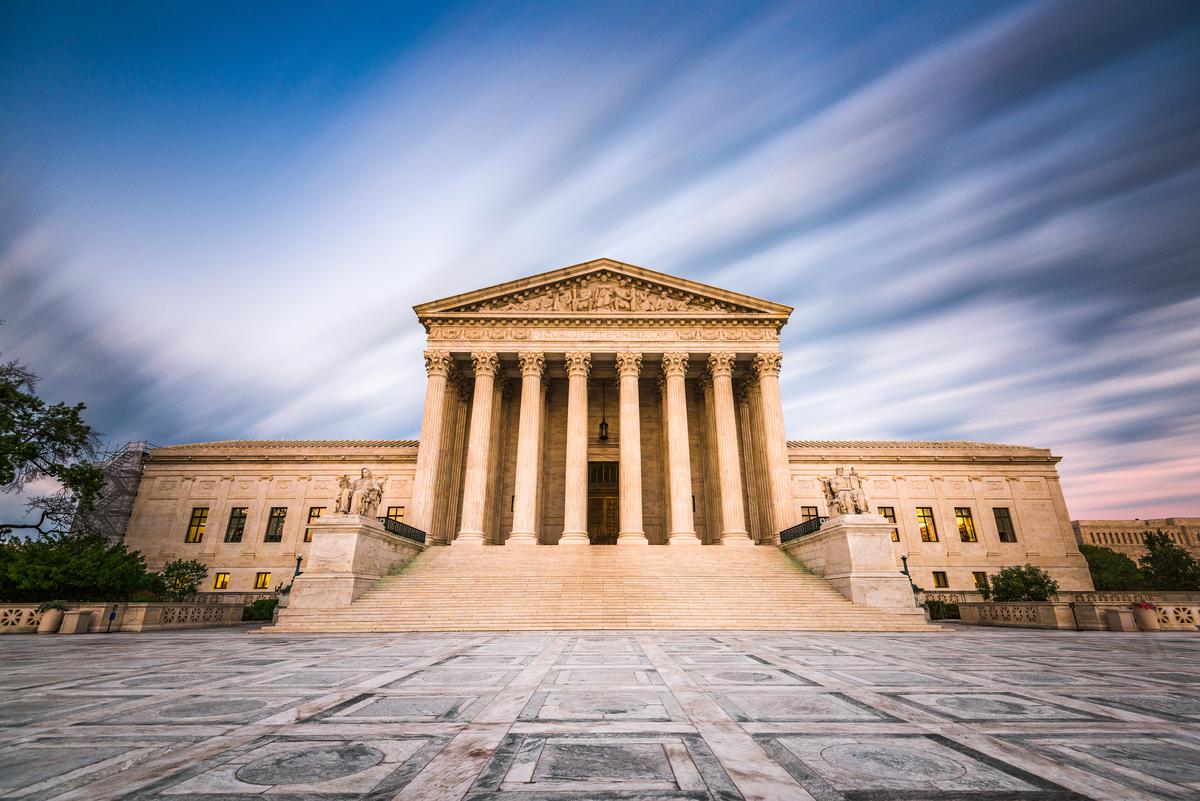
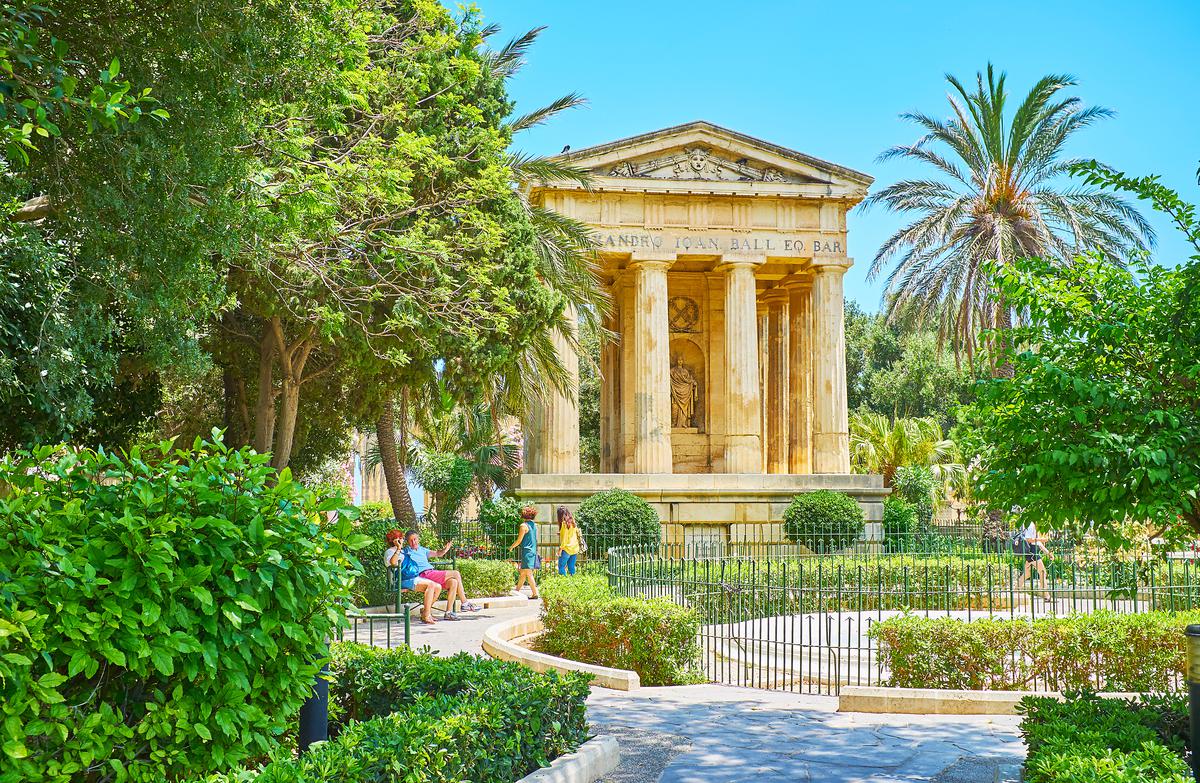
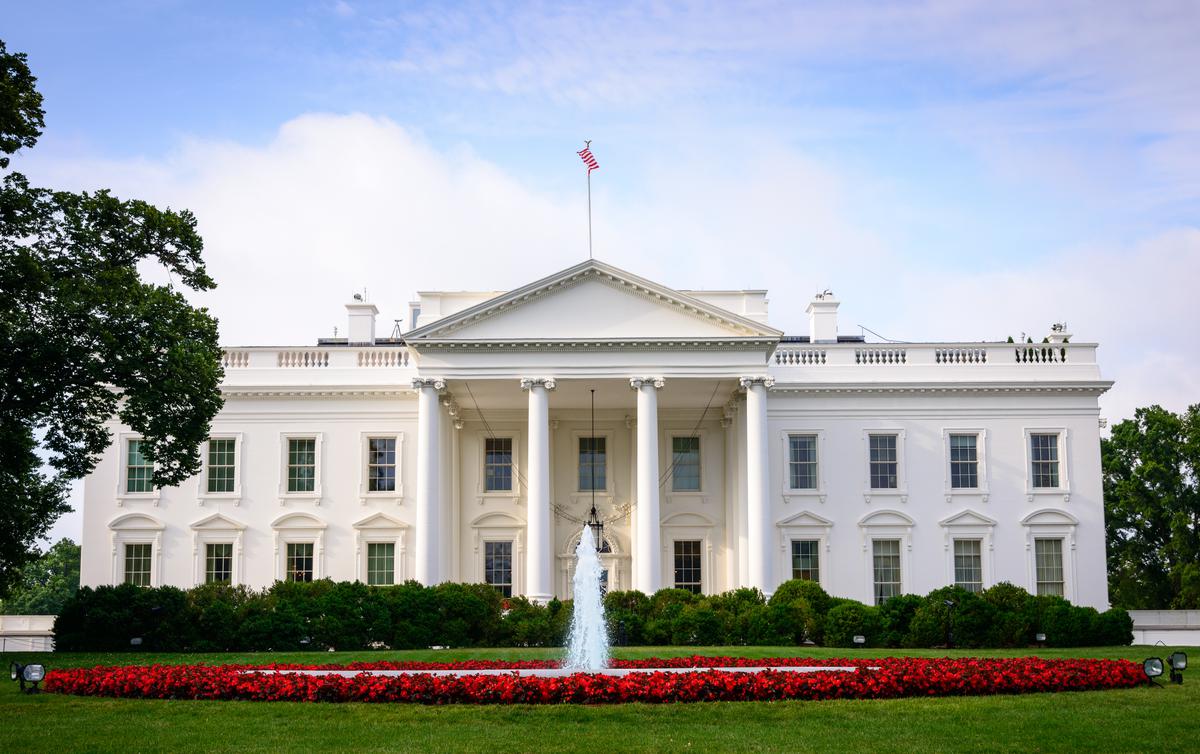
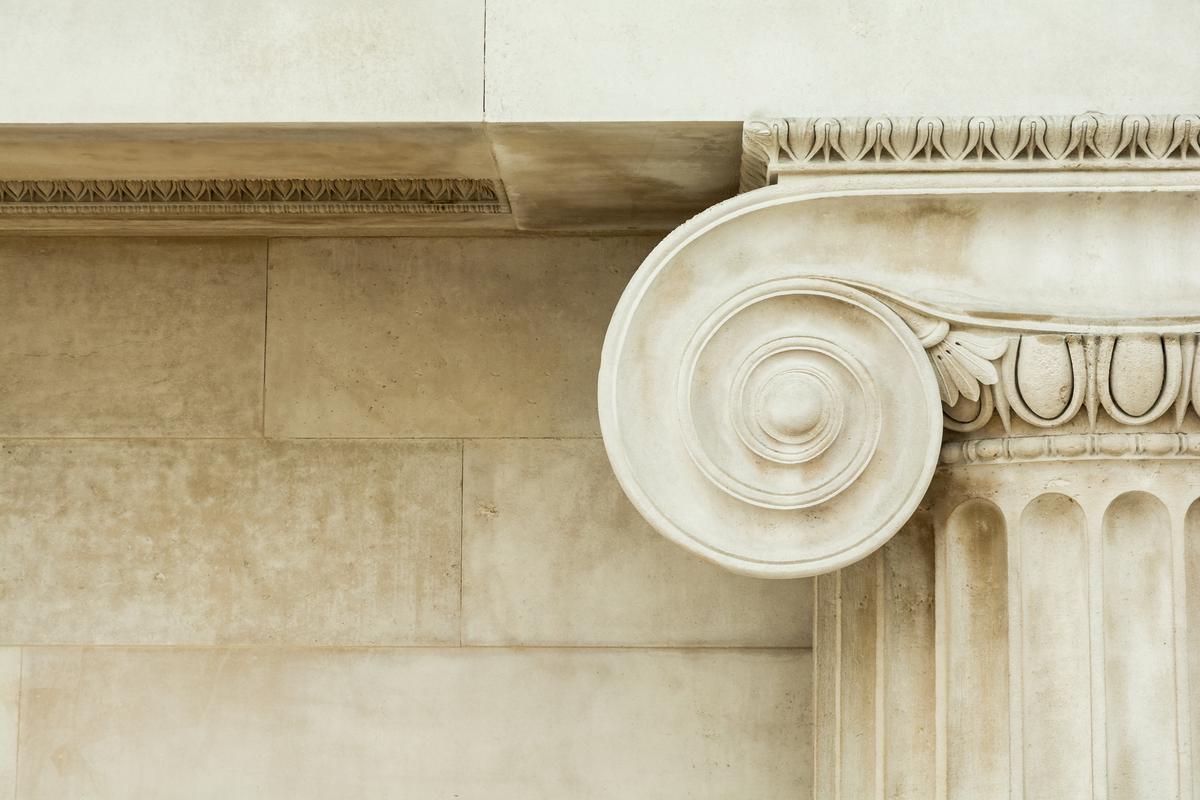
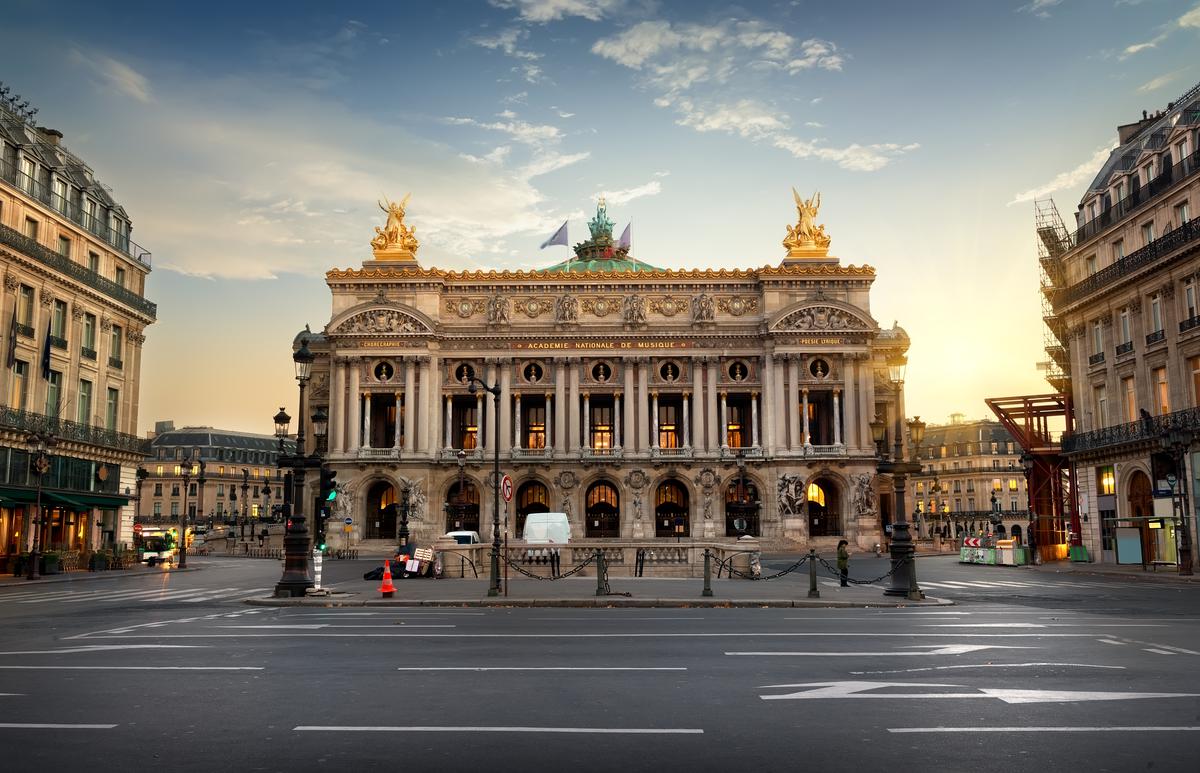

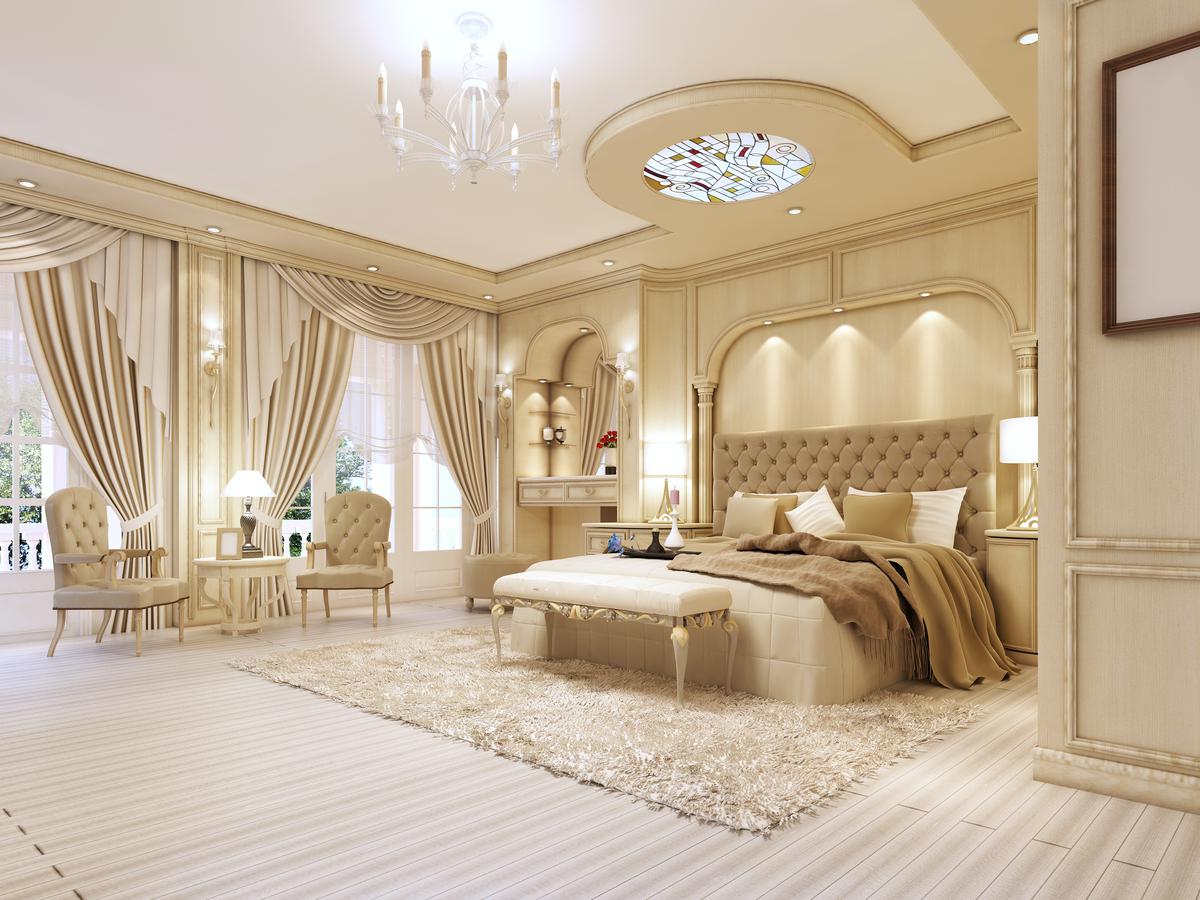
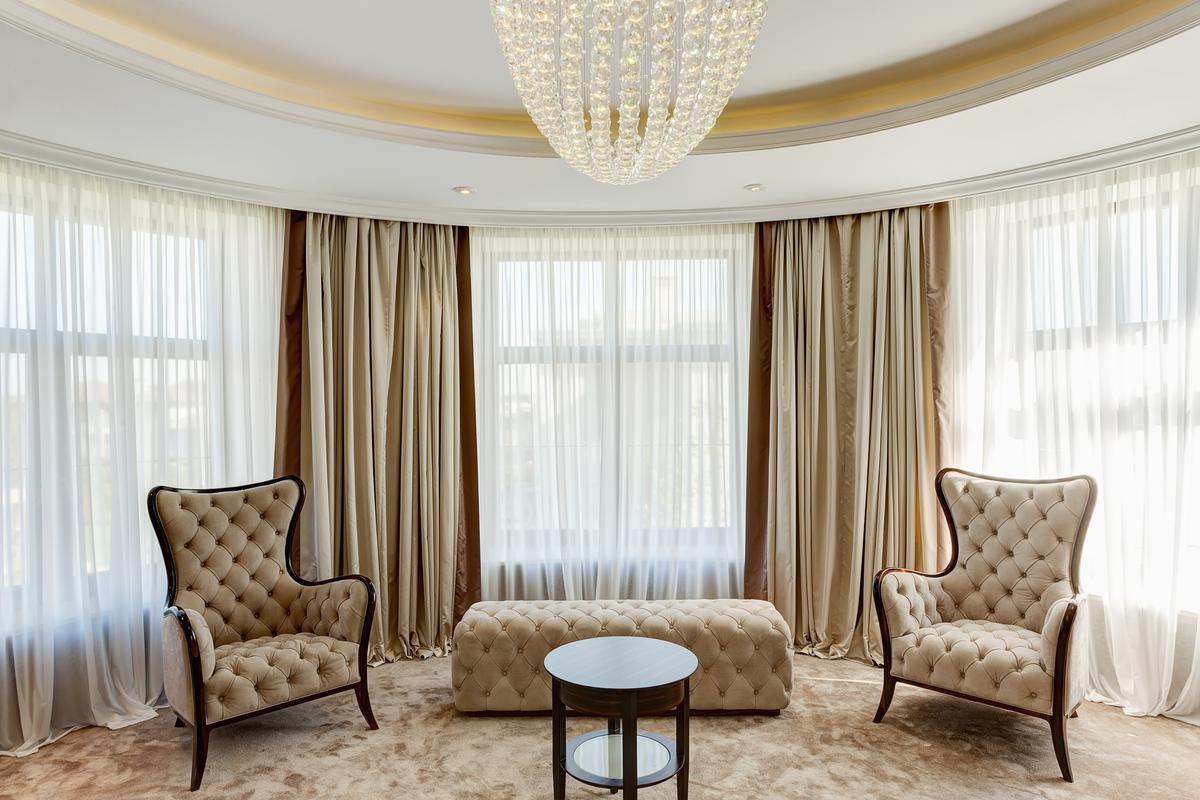
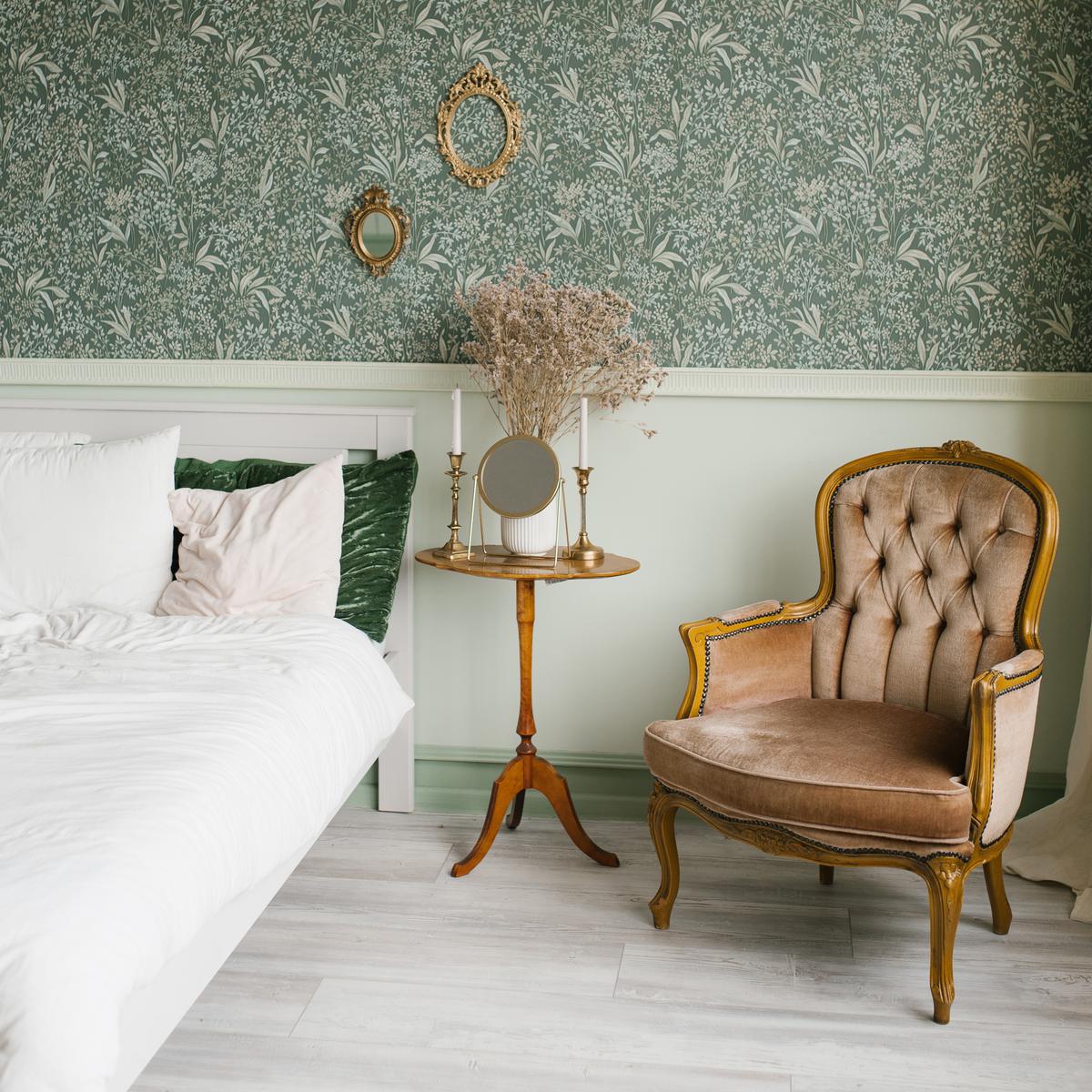
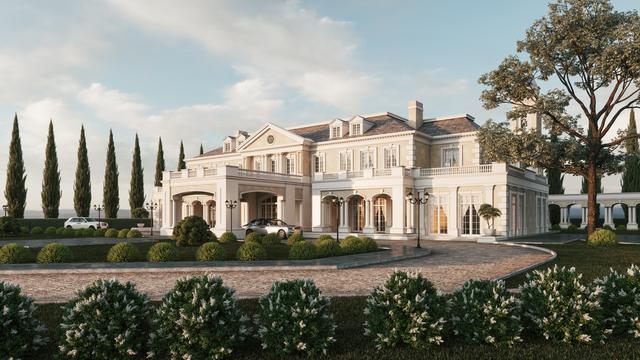
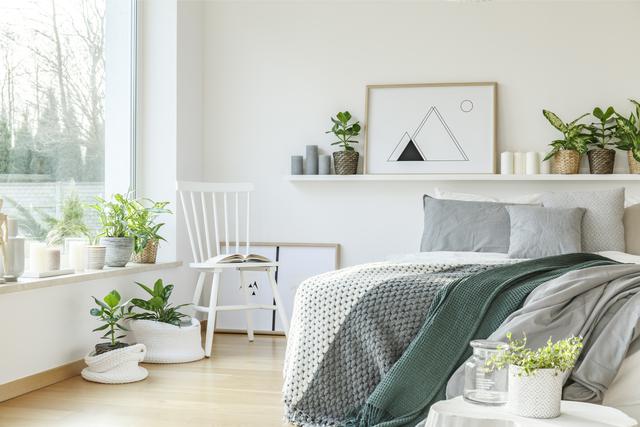

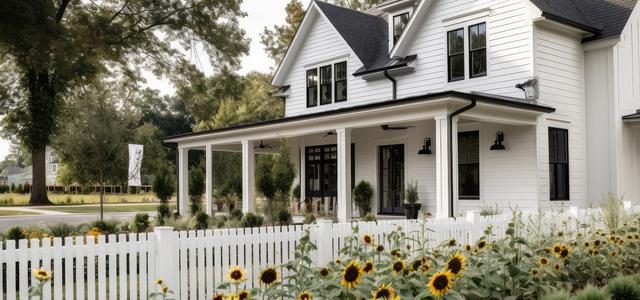
comments